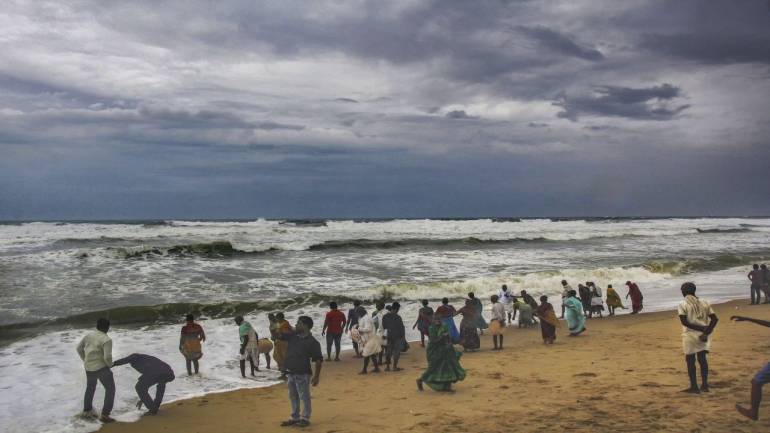As Cyclone Fani is likely to make landfall at Odisha coast with a wind speed of 200 kmph, the Indian Meteorological Department (IMD) has sounded an orange alert along the coastline districts of three states – Odisha, West Bengal and Andhra Pradesh.
But, what does ‘orange alert’ mean? In fact, how are colours associated with the magnitude of impending danger, and who catalogues this?
The IMD, or the Met department, uses four colour codes to indicate various categories of alerts.
Green (All is well): No advisory is issued.
Yellow (Be Aware): Yellow indicates severely bad weather panning across several days. It also suggests that the weather could change for the worse, causing disruption in day-to-day activities.
Orange / Amber (Be prepared): The orange alert is issued as a warning of extremely bad weather with the potential of disruption in commute with road and rail closures, and interruption of power supply. The sounding of the orange alert is a sign for people to prepare for evacuation, keep food packets ready and protect themselves and their family from bad weather.
Red (Take Action): When the extremely bad weather conditions are certainly going to disrupt travel and power, and has significant risk to life, the red alert is issued. In this case, people must take all measures to protect their families and follow the instructions of local authorities and disaster-response teams.
These alerts are universal in nature and are also issued during floods, depending on the amount of water rising above land/in a river as a result of torrential rainfall. For instance, when the water in a river is ‘above normal’ level, or between the ‘warning’ and ‘danger’ levels, a yellow alert is issued.
